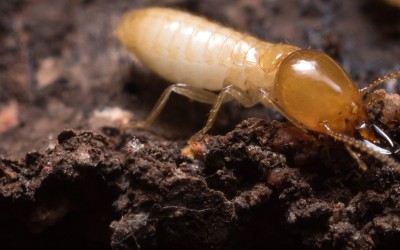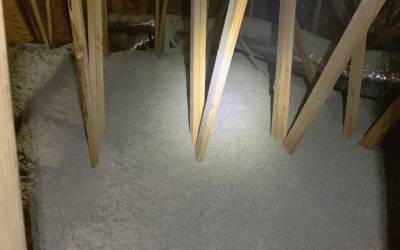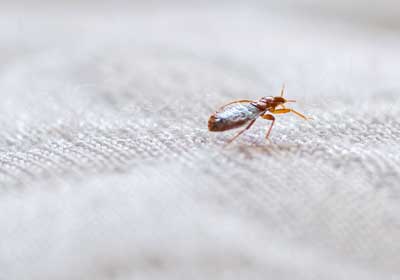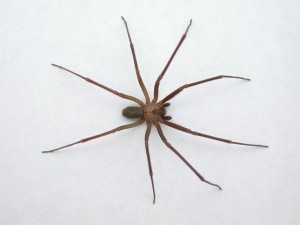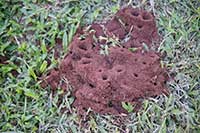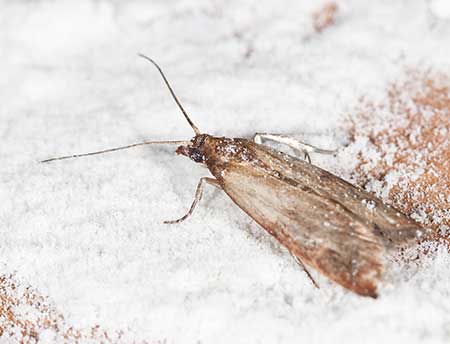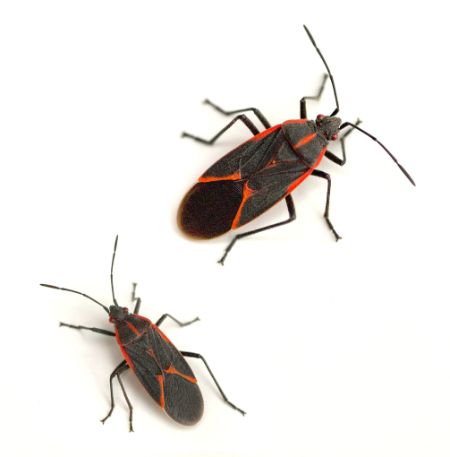We spoke last month about TAP® Insulation, and how this pest-killing insulation can defend your home from a variety of potential insect infestations. If you want to know about the basics of the technology and an overview of what it can do for you, you can find all of that in our previous blog. If you read through that already and found that you have some questions, that’s exactly what we plan to help with now. Below you’ll find some more detail about TAP and its benefits.
TAP® Frequently Asked Questions
Q. What’s Boric acid? Is it safe?
A. Boric acid is a naturally occurring chemical compound that takes the form of a colorless crystal or white powder. It’s antiseptic, which makes it a handy component of any first aid kit. It’s also a great cleaning agent, as it can remove stains, deodorize, and kill mold. But the reason why it’s used in TAP Insulation is because it’s one of the most effective pest-killing compounds available. In small amounts, it isn’t strong enough to harm larger pests, animals, children, or adults but it should always be handled carefully and installed by a professional.
Q. How long does it take to install TAP®? How long will it last?
A. The length of the initial installation depends on the size and structure of the space you want to insulate. Typically, the process of blowing the cellulose into the attic, floors or wall takes between four to six hours. Once it’s added, though, it has the potential to last for decades without needing to be replaced.
Q. Will TAP® save me money?
A. We’ve noted that TAP has the capabilities to prevent pest infestations from forming. Because of that, you’ll likely spend less on est control treatment than homes in your neighborhood without TAP Insulation. Not only that, but the insulating qualities of TAP allow your HVAC appliances to use less energy, resulting in lower monthly utility bills. With all that taken into consideration, it’s easy to see how this one installation can quickly pay for itself.
Q. Do I need to prepare to install TAP® Insulation?
If you have damaged insulation, it’s always recommended to remove it before installing TAP. Otherwise, if you have intact cellulose or spray foam, you can easily install TAP over it for an additional layer of pest-free* protection.
Q. What are the downsides of TAP® Insulation?
TAP insulation is fire-resistant, and it doesn’t lose effectiveness over time. However, since it’s made of cellulose it can be vulnerable to water and runs the risk of mold. If you have a leaky roof or water intrusion in your attic, this could be an issue. It also has a mid-tier R-value that’s higher than fiberglass, but not quite as high as spray foam insulation.
Preventative Pest Control in Central TN
TAP Insulation is one form of preventative pest control, and an effective one, but there are others. Here at The Bug Man, we’ve been keeping pests out of homes in Central TN for over 20 years. If you’re interested in making it harder for pests to get into your home, we can help. Contact The Bug Man today to learn more or get your free quote today!

